According to many elders, the temple was built when the Vietnamese came to expand and reclaim the land in the South. After many restorations, the temple is quite sturdy by the sea.
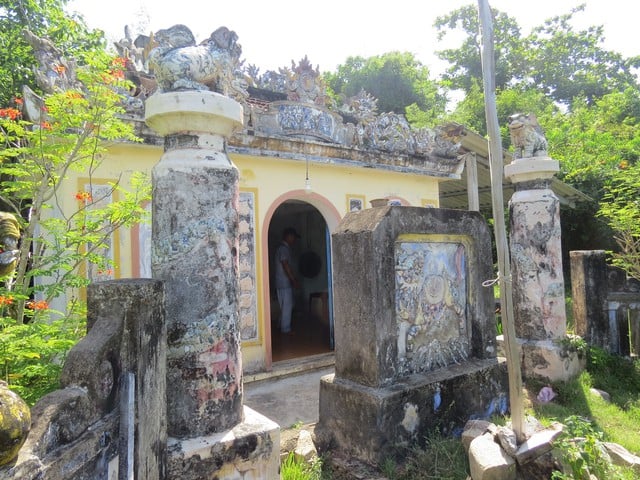
Lady Temple before being destroyed by the storm
Photo: Trang Thy

The front of the temple was damaged by the waves.
Photo: Trang Thy
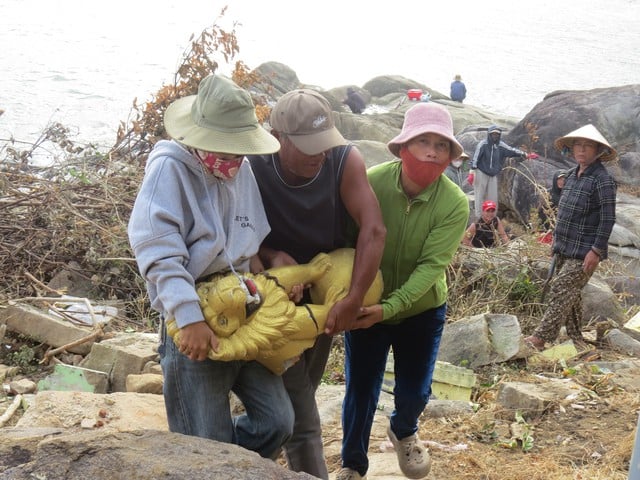
Cleaning up the fallen lion statue
Photo: Trang Thy
The temple has three worshipping rooms, the middle room worships the statue of the Lady, and her guardian deities are worshipped on both sides. "A huge wave like a tsunami just hit here, destroying all the outside structures. The inside of the temple is also quite damaged, the estimated cost of repairs is about 150 million VND. We will raise funds for repairs, but unfortunately the life of the people here is very difficult...", said Mr. Vo Tan Cong (64 years old), head of Thanh Duc 1 fishing village.
Traditionally, on the morning of the second day of the Lunar New Year, fishermen bring offerings to the Lady's temple to pay respect to the sacred being. They pray, hoping that she will bless them with good luck and happiness for their families. On the 10th day of the 8th lunar month, villagers pool money to cut a pig and prepare offerings to offer at the Lady's temple, praying for good things, calm seas, and a good catch.
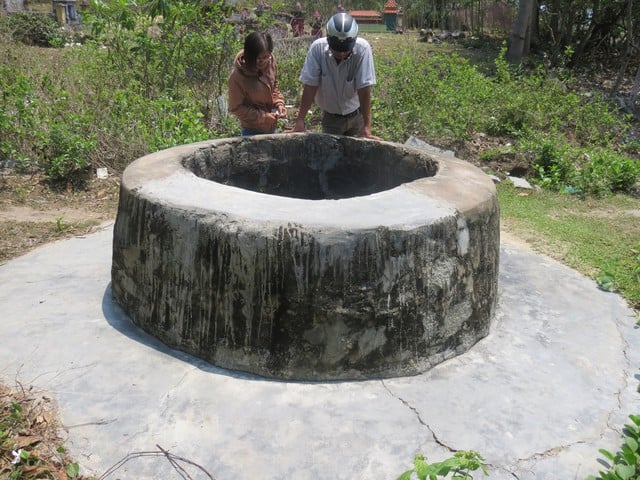
Former Cham well, which provided fresh water for ancient merchant ships
Photo: Trang Thy
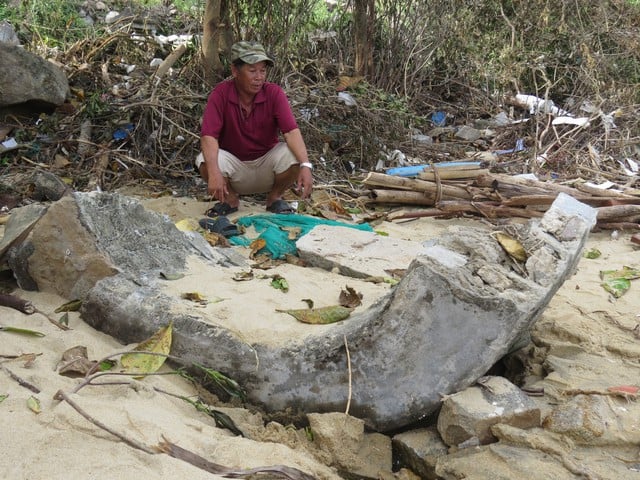
Cham well was buried by sand after storm No. 13, only the upper part built of stone and broken concrete remained.
Photo: Trang Thy
About a hundred meters from the temple, there is a Cham well near the sea. Before the storm, the well water is crystal clear, you can see all the way to the white sand bottom.
After many years of research, Dr. Doan Ngoc Khoi (archaeologist) believes that the Cham people dug this well to provide fresh water for merchant ships stopping to rest on their voyages from south to north. The fierce waves of storm No. 13 caused the well to be buried in sand, the upper part of the well broke and lay abandoned.
"It's so strange! This well is near the sea but the water is clear and sweet, while many wells in the village are far from the sea but the brackish water is very difficult to drink. So my family and the villagers all take water from this well to cook food, the well water at home is only used for bathing and washing. It was not until there was electricity, a water pump motor, and a water filter that the villagers stopped using Cham well water...", said Ms. Vo Thi Suong (53 years old).

Militia and people cleaned up the heavily damaged items.
Photo: Trang Thy
Next to the well is a large basalt stone, the flat side facing south, engraved with 6 lines of ancient Cham script with soft, graceful lines. The cultural sector has not been able to translate the content of the lines on the stone stele, so the message of our ancestors remains a mystery to future generations.
This is an area with relics of 3 cultures: Sa Huynh - Champa - Dai Viet. "The Lady Temple is a folk temple built for worship and belief. We are checking and reviewing the Cham Well to see if it has been recognized as a provincial relic to have a suitable solution...", Chairman of Sa Huynh Ward People's Committee Nguyen Viet Thanh shared.
Source: https://thanhnien.vn/di-tich-sa-huynh-hu-hai-vi-bao-18525111223014823.htm







![[Photo] Deep sea sand deposits, ancient wooden ship An Bang faces the risk of being buried again](https://vphoto.vietnam.vn/thumb/1200x675/vietnam/resource/IMAGE/2025/11/13/1763033175715_ndo_br_thuyen-1-jpg.webp)


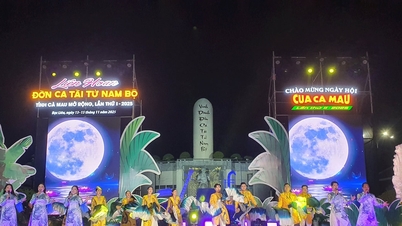


























































![[Photo] Panorama of the 2nd Vietnam-Cambodia Border Defense Friendship Exchange](https://vphoto.vietnam.vn/thumb/402x226/vietnam/resource/IMAGE/2025/11/13/1763033233033_image.jpeg)
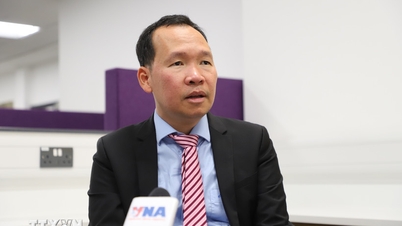
















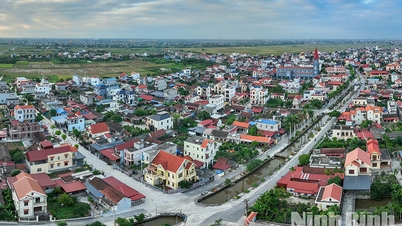






![Dong Nai OCOP transition: [Article 3] Linking tourism with OCOP product consumption](https://vphoto.vietnam.vn/thumb/402x226/vietnam/resource/IMAGE/2025/11/10/1762739199309_1324-2740-7_n-162543_981.jpeg)







Comment (0)